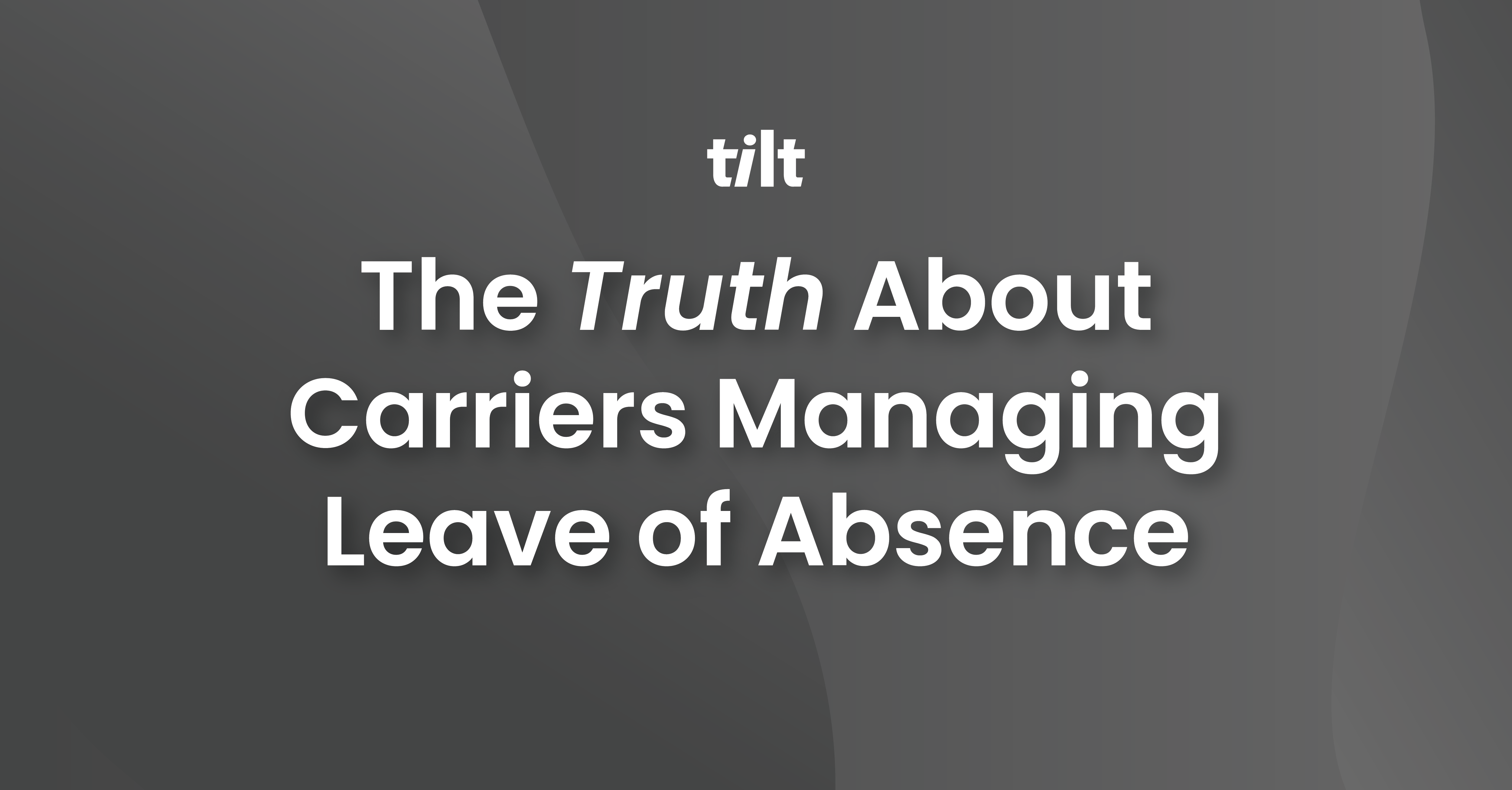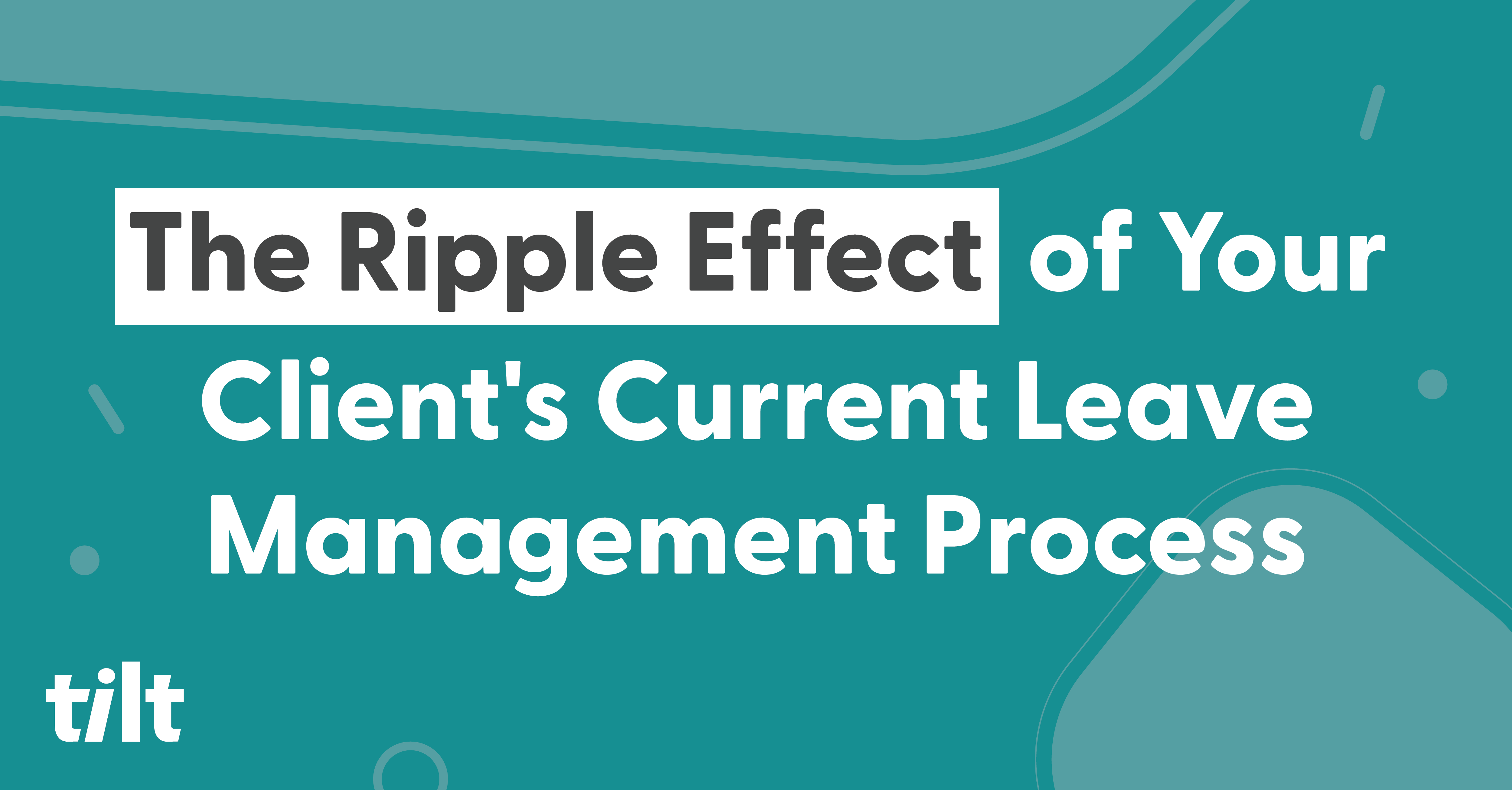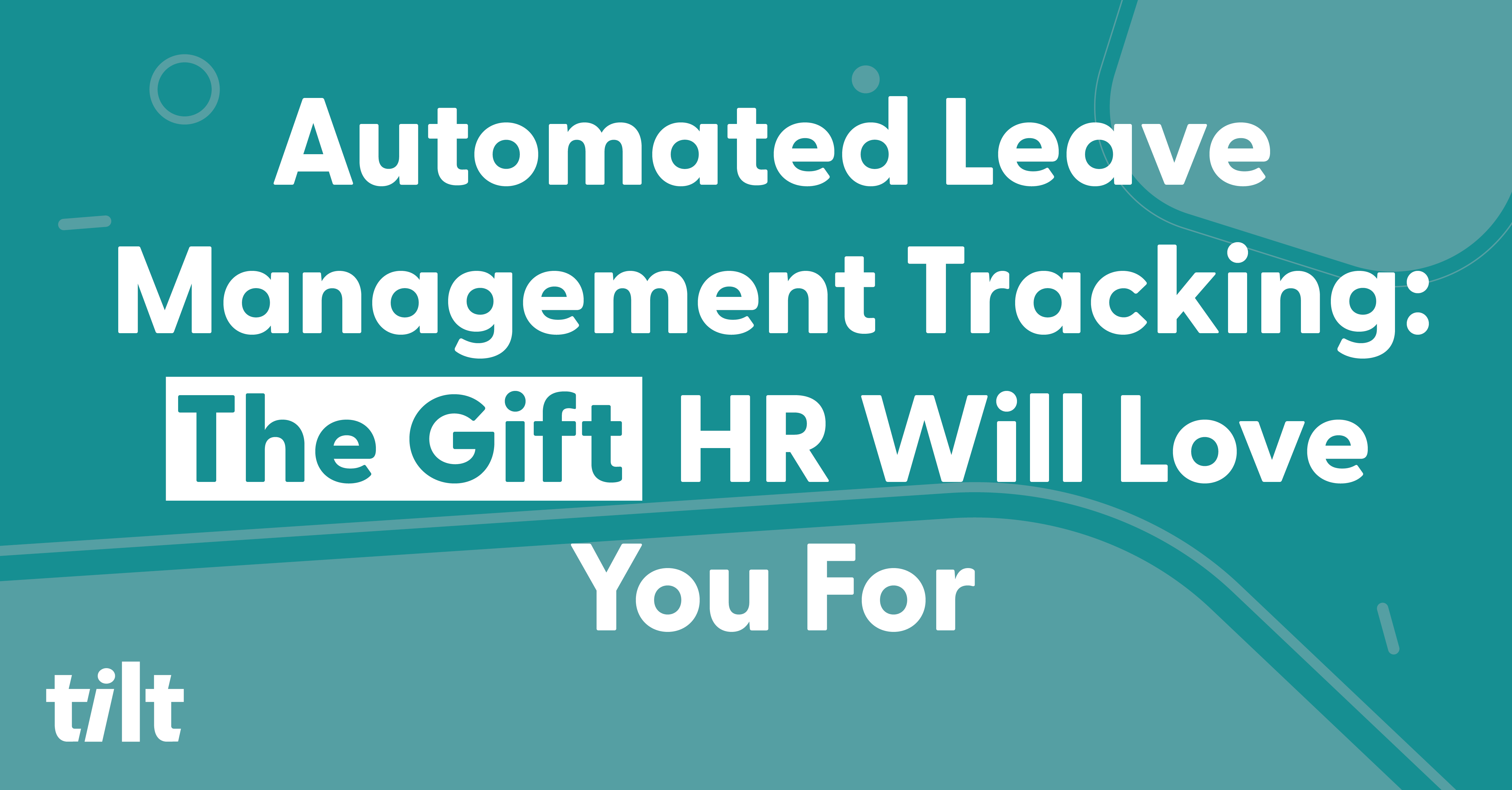If leave of absence lingo is a foreign language to you, you aren’t alone. For your clients, however, managing employee leaves of absence is oftentimes a significant part of their job and a major pain in their side. In the middle of a conversation they may say something like, “I’m drowning with all these leaves of absence requests,” and it’s not always clear exactly what they mean. You can tell they’re struggling, but what it is they’re struggling with might not be obvious.
To help you become fluent in all things leave of absence, we’ve provided a breakdown of some of the roles and responsibilities People Ops professionals have as it pertains to managing their employees’ leave of absence requests so you can better understand their frustrations and provide solutions that meet their needs.
The basics of leave of absence management
When an employee needs to take time away from work for a life event like adding a new member to their family, to grieve over the loss of a family member, or to recover from an operation (to name a few) employees may have certain rights that allow them to take a leave of absence from work.
It’s on the People Operations team to manage the leave of absence process for their employees, and the process is complex and filled with compliance hazards. In most organizations, this process is usually being managed manually in-house via a nest of spreadsheets, email chains and calendar invites, or their only solution is an add-on afterthought provided by their insurance carriers. Since carriers don’t specialize in leave management, People Ops pros find that they aren’t very effective at meeting the complex needs required to effectively support a leave.
If managing the leaves themselves weren’t enough, when employees have questions pertaining to their specific leave of absence they’re turning to People Ops pros for answers. This support and attention must be provided to every employee taking a leave, and the drain this causes on bandwidth is often more than People Ops can sustain and still effectively do their other job functions.
Things your client is being asked to do:
Determine FMLA eligibility: The Family and Medical Leave Act is a federal program that gives eligible employees job protection for up to 12 weeks when taking leave for a qualified event. Your client is required to notify employees of their FMLA rights and help establish their eligibility. FMLA does not provide employees with pay compensation, only job protection.
Confirm medical certifications: Depending on the leave, there’s a good chance the employer will require a medical certification verifying that the need for the leave of absence is valid.
Help employees apply for state benefits: Some states have their own paid benefits programs that provide a percentage of salary compensation to the employee. Your client will need to know if the state their employee resides in has such a program, and if so, they’ll need to help their employee navigate the ins and outs of the claim filing process.
Ensure employer-paid benefits are kicking in: In addition to FMLA and state benefits, your client’s organization might have their own paid benefits through a provider. The duration of these benefits might not be the same as the state benefits or FMLA, so job protection and salary pay calculations need to be considered.
Sync with payroll: On the topic of pay calculations, your client’s payroll department needs to know what the employee is owed by the company. This means that they need to sync with payroll to ensure the amount provided by employer benefits and state benefits are accurate so any top-up (making the employee’s paycheck whole) calculations are accurate.
Stay up to date with leave laws: Leave laws change all the time. From eligibility requirements to the amount of time and money a state might help cover the costs of a leave. Every state has different laws and not adhering to them could mean major financial implications for an organization. Your clients are likely having to Google leave laws in states they’ve never stepped foot in and hope they’re interpreting the laws correctly.
Educate managers: Your clients also have to worry about the managers of the employee taking leave knowing what they can and can’t say during a leave. If a manager isn’t aware of up-to-date leave laws, they might send the organization toward a lawsuit.
Track changing leave dates: Leaves of absence are rarely straightforward, and even when they are they are still subject to shifts in leave start and stop dates. If an employee plans to return to work early or gives birth early, this can have an impact on everything from team workload to pay sources.
Leave management doesn't have to be this complicated
These are just some of the tasks and responsibilities your clients are dealing with when trying to manage one leave of absence. Now multiply this by every leave request that comes across their plate and you can see why they’ve had enough.
Now that you know what’s required of your clients to effectively manage a leave of absence, you won’t be caught flat-footed and can help them by providing solutions that alleviate their struggles.
3rd-party solutions like Tilt take all of these stressors off of their plate entirely, and if you have more questions about what a 3rd-party solution can provide compared to a carrier we’ve written more about that here.
About Tilt
Tilt is leading the charge in all things leave of absence management through easy-to-use tech and human touch. Since 2017, our proprietary platform and Empathy Warriors have been helping customers make leave not suck by eliminating administrative burdens, keeping companies compliant, and providing a truly positive and supportive leave of absence experience for their people.







